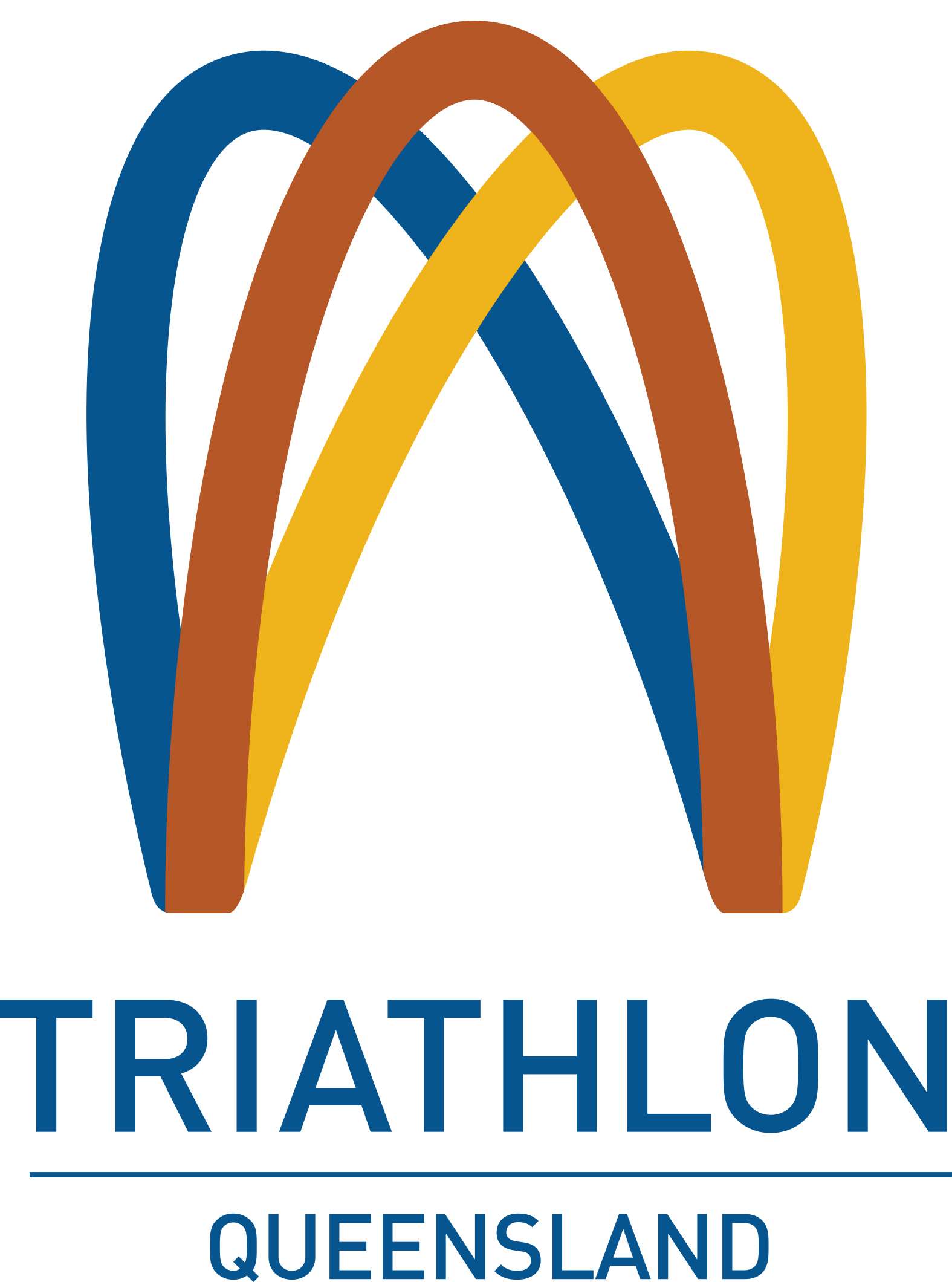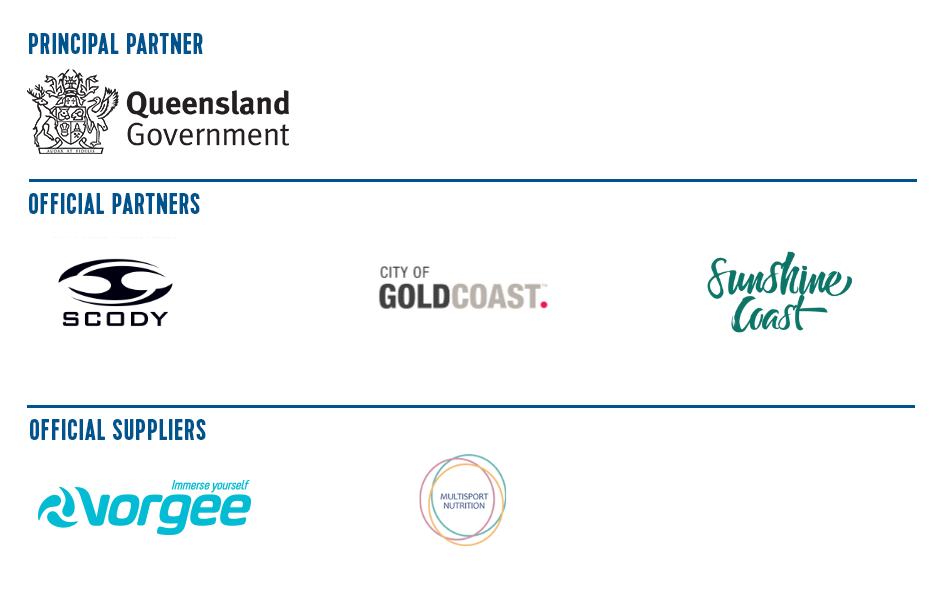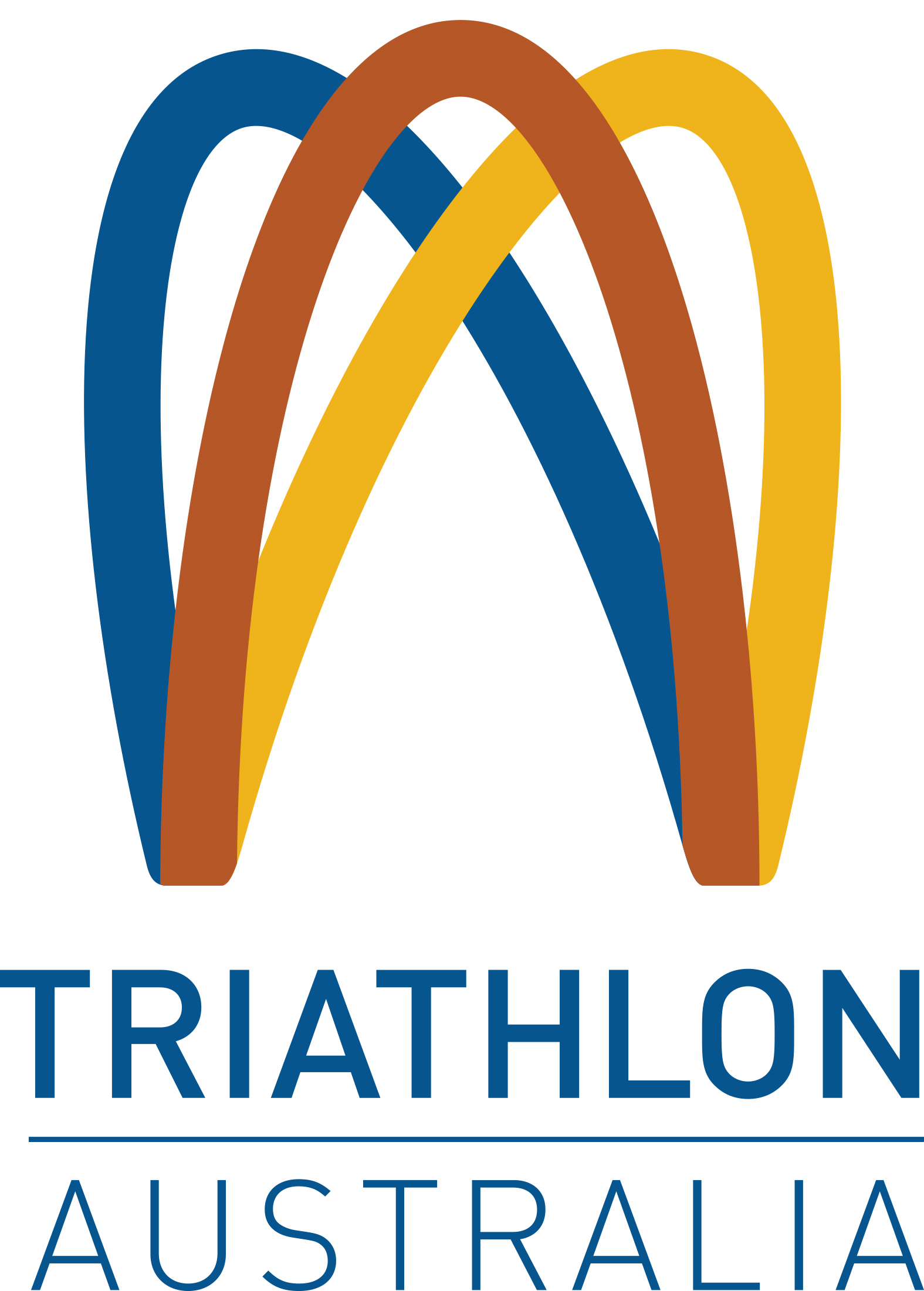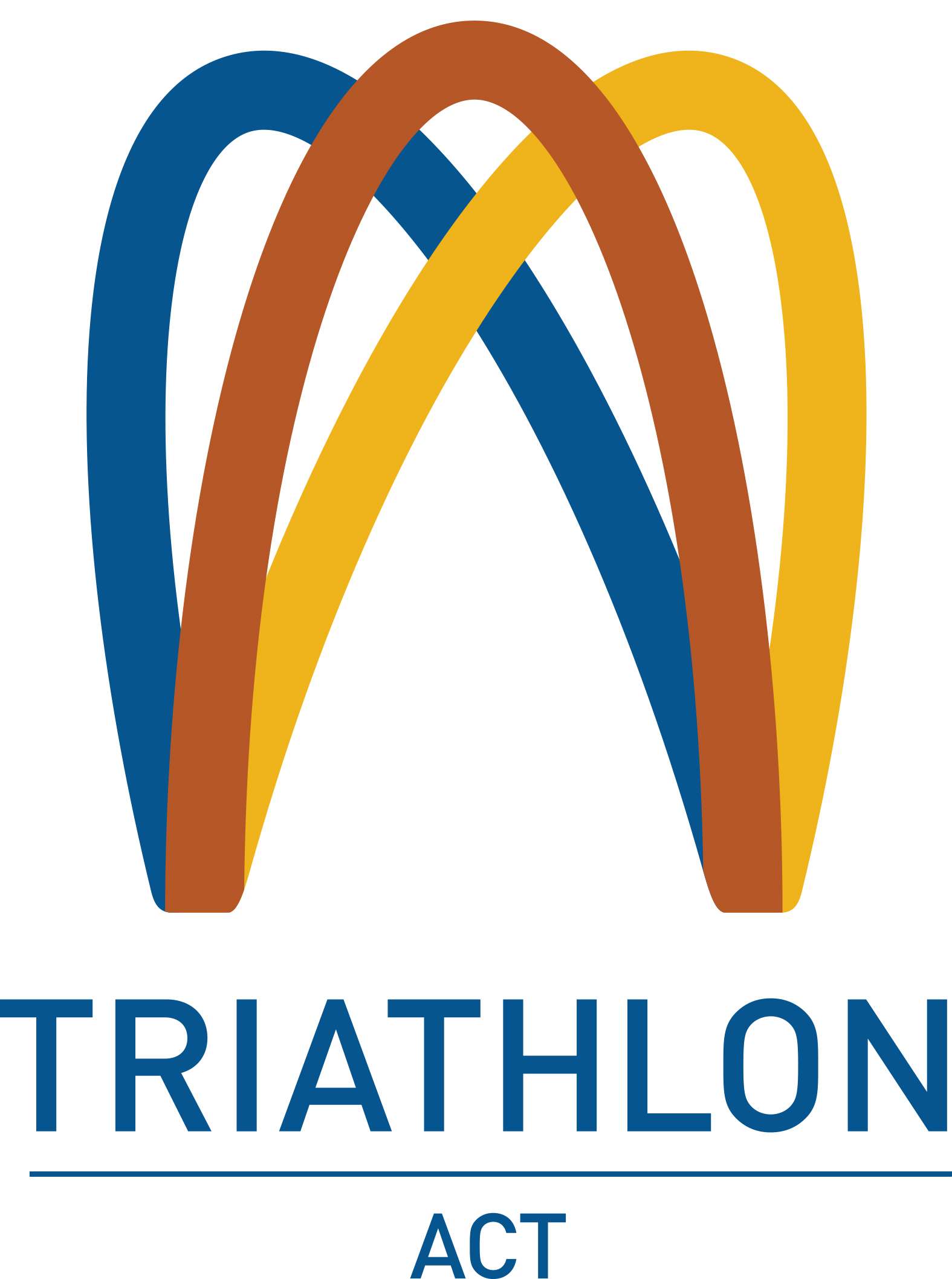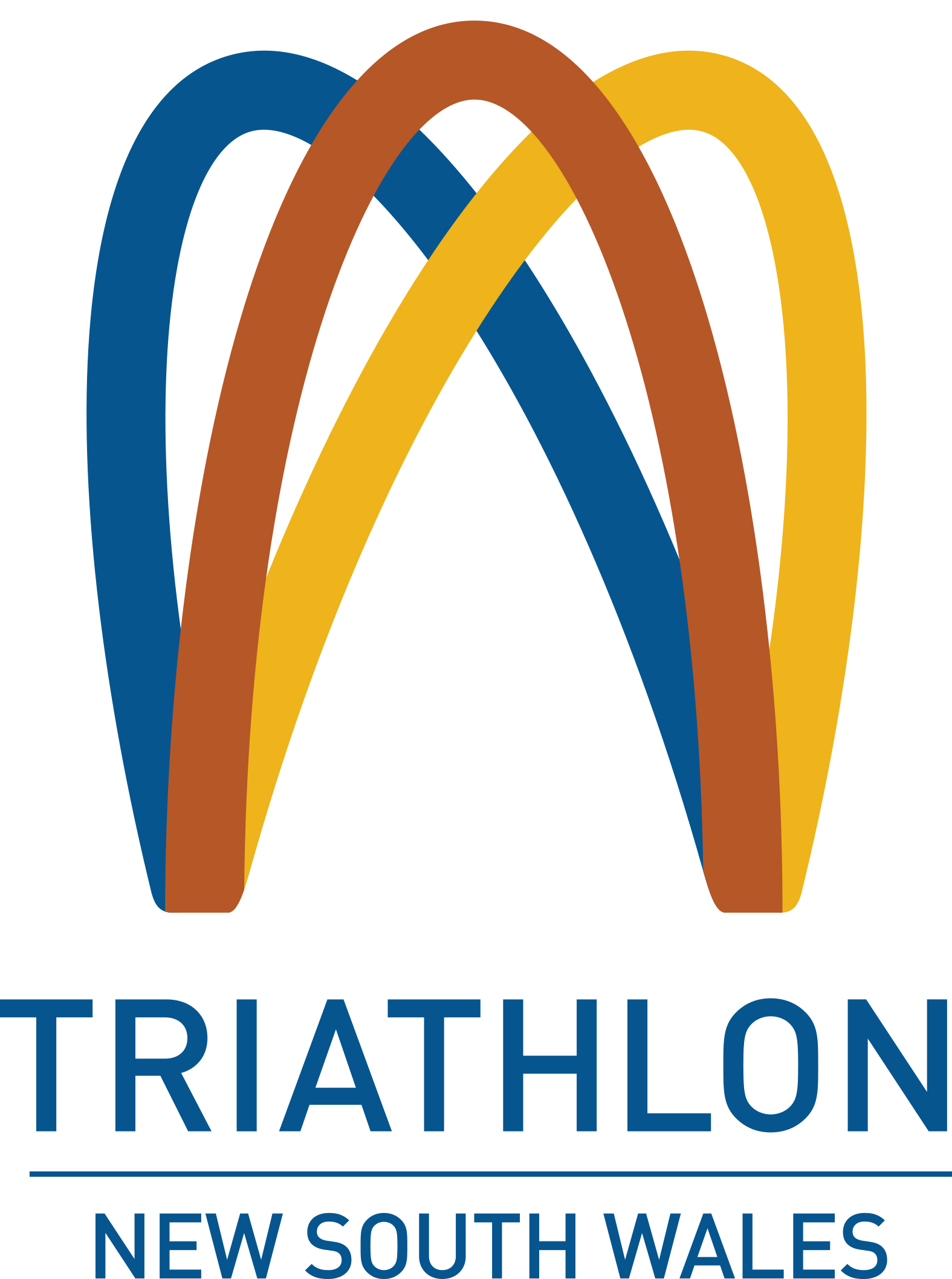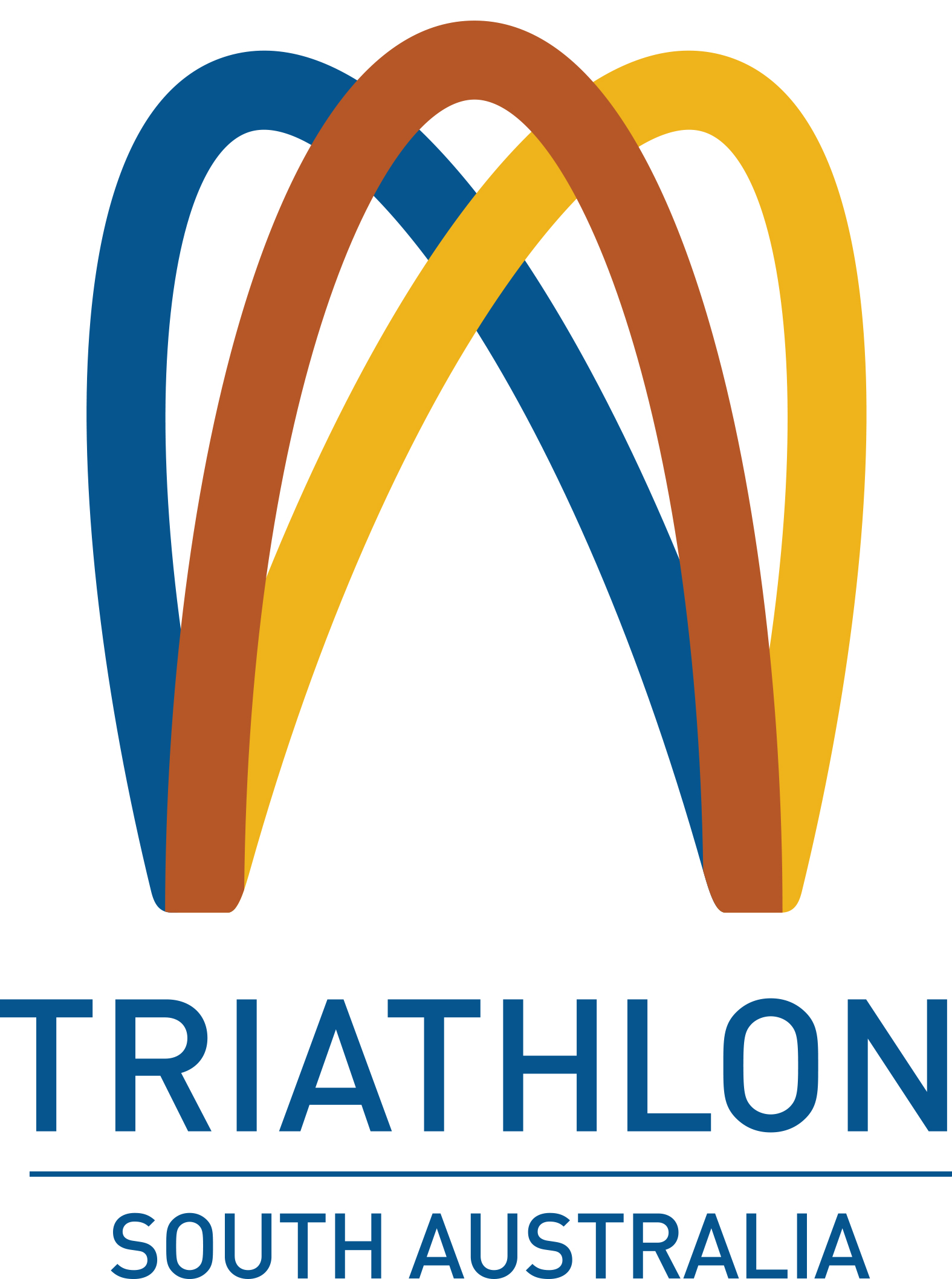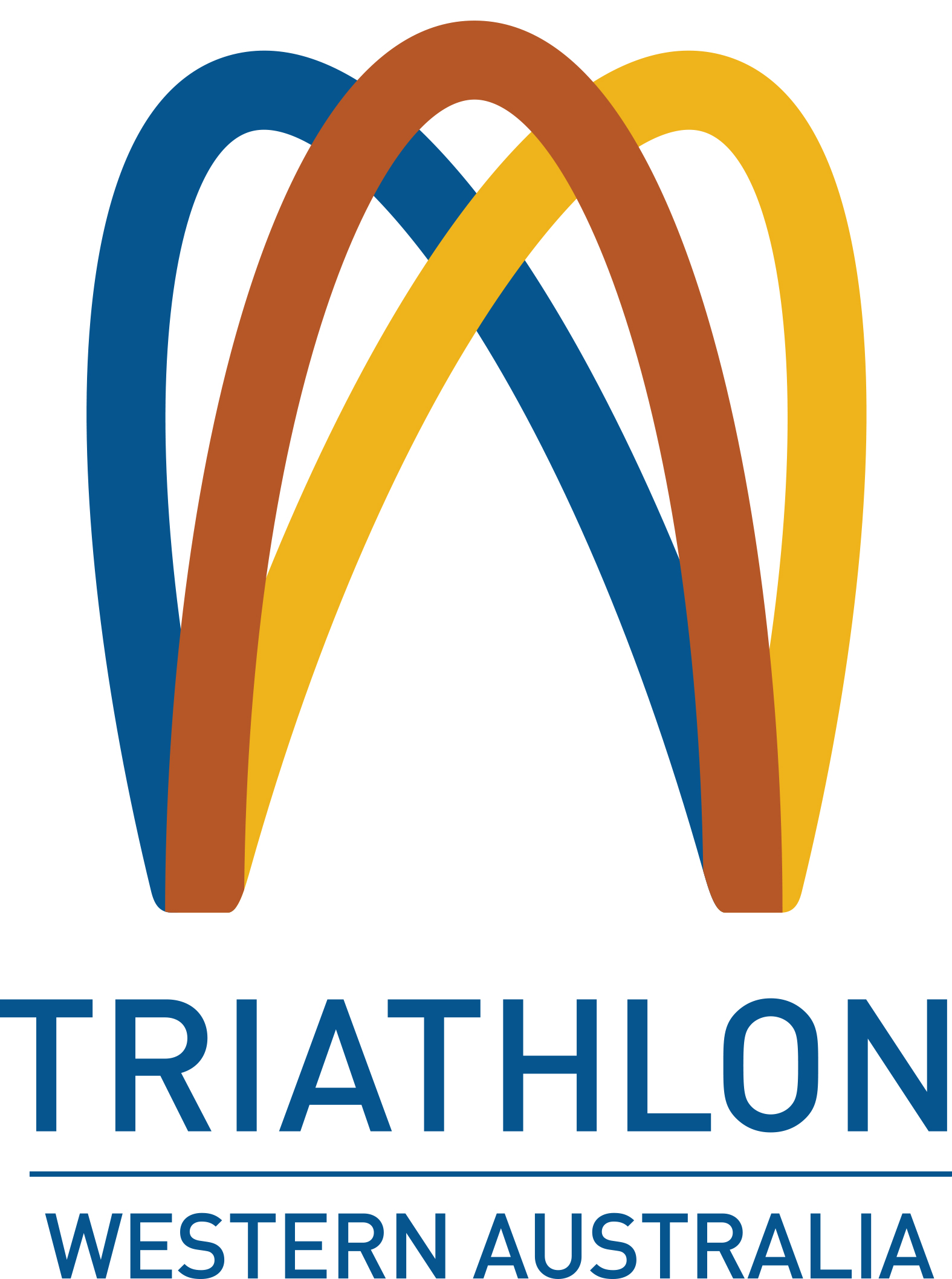ATTENTION! If you’re an athlete and have moles, freckles or spots on your body, this information is for you!
When was the last time you had your skin checked by a health-care professional?
Triathletes spend a large proportion of their time training and competing in the sun. Therefore, it is highly critical these athletes get their annual skin checks.
Are you aware of the potential skin cancers that can develop from spending too much time in the sun without the correct protection? The three main types of skin cancer include: melanoma, basal cell carcinoma and squamous cell carcinoma. The most serious of the three however is melanoma - it can spread very quickly and once it enters below the surface of the skin it can become fatal. The survival rate is dependent upon the thickness (depth) of the melanoma. For instance, an individual with melanoma of less than 0.75mm thick can be expected to have a 95% cure rate, whereas an individual with 4mm thick has a cure rate less than 55%. These figures emphasise the importance of detecting melanoma early.
Basal cell carcinoma is the most common cancer in the world but can normally be treated effectively. Squamous cell carcinoma is the second most common skin cancer and is more dangerous than basal cell carcinoma due its ability to spread to other parts of the body
It is important to get to know your own skin and the current moles, freckles and spots situated on your body to recognise the signs of skin cancer. Identify what is normal for you and be alert if any of your current moles, freckles and spots begin to change, or if you notice anything new or different, you should seek medical advice as soon as possible. Further information regarding skin checks can be found via the Cancer Council website.
It is important to be aware of UV radiation and the several factors which affect the UV radiation levels, including: geographic location, time of day and cloud cover. UV levels can be higher in some parts of QLD than others, even on the same day. UV radiation changes throughout the day, lower in the morning, climaxing in the middle of the day and gradually reducing throughout the afternoon.
Cloud cover provides a filter for UV radiation, but you can still be affected by UV even on cooler days, or when there are scattered clouds. Surfaces including water, snow and sand reflect UV radiation. Snow reportedly reflects between 50 to 88% of UV radiation, whilst sea surf reflects 25 to 30% and dry beach sand reflects 15 to 18%. These figures indicate that UV radiation is not only present overhead, direct from the sun but also reflected from different surfaces around us.
Are you aware of the best SPF options for you? The SPF rating highlights the fraction of the sun’s rays that will reach your skin if you have applied the sunscreen properly. Therefore, if you wear an SPF rating of 50, then only 1/50th of the sun’s rays will reach your skin. It is recommended to not choose an SPF rating lower than 30 and no higher than 50. There are two sunscreen groups chemical and physical, the difference lies within the active ingredients used. Chemical sunscreens absorb UV rays as they reach the skin whilst physical sunscreens reflect UV rays before they reach the skin. Physical sunscreens work immediately upon application, last longer, are less likely to cause irritation and have a longer shelf life.
The best SPF for endurance athletes includes the following as shown below:
Image: SimplySunSafe
FAQ’s:
Which sunscreens have the Cancer Foundation tick of approval?
- Banana Boat UltraMist Sport Performance Continuous Spray Sunblock SPF 30
- Coppertone SPORT Sunscreen Stick SPF 30
- Hawaiian Tropic Sport SPF 45
- NO-AD Sport SPF 50 Active Sunblock Lotion
- Ocean Potion Oil Free Sport Xtreme Sunblock SPF 30
- Rite Aid SPF 30 Sport Continuous Spray
Which sunscreens have the Cancer Foundation tick of approval?
- Banana Boat UltraMist Sport Performance Continuous Spray Sunblock SPF 30
- Coppertone SPORT Sunscreen Stick SPF 30
- Hawaiian Tropic Sport SPF 45
- NO-AD Sport SPF 50 Active Sunblock Lotion
- Ocean Potion Oil Free Sport Xtreme Sunblock SPF 30
- Rite Aid SPF 30 Sport Continuous Spray
During a long distance event, should I put on sunscreen before or after the swim?
If it’s a really hot day, try putting some on when you get dressed in the morning, then re-apply about 30minutes before the race, to allow it to absorb. Spray-on sunscreens are great options and there are always volunteers that are happy to help.
You can try re-applying again during T1 & T2, but it may not absorb effectively after the swim and being sweaty. Having said that, your wetsuit may take some of it off during the swim, so better to be safe than sorry!
You can try re-applying again during T1 & T2, but it may not absorb effectively after the swim and being sweaty. Having said that, your wetsuit may take some of it off during the swim, so better to be safe than sorry!
How do I avoid getting sunburnt on my face and lips?
Skin coloured zinc is great for your face. You can apply it the night before, then reapply when you are getting ready. In transition, we recommend having a lightweight cap or visor in T2, ready for the run, along with sunglasses and a small tube of your zinc or a stick sunscreen. Stick options are great to do a quick application on your nose, tops of your ears and lips.
Consider that visors leave your scalp susceptible to sun damage when you’re out there for a few hours. Caps are handy to throw some ice when you get to the aid stations to cool you down faster. Look for lighter colours to reflect a bit of the sun.
Skin coloured zinc is great for your face. You can apply it the night before, then reapply when you are getting ready. In transition, we recommend having a lightweight cap or visor in T2, ready for the run, along with sunglasses and a small tube of your zinc or a stick sunscreen. Stick options are great to do a quick application on your nose, tops of your ears and lips.
Consider that visors leave your scalp susceptible to sun damage when you’re out there for a few hours. Caps are handy to throw some ice when you get to the aid stations to cool you down faster. Look for lighter colours to reflect a bit of the sun.
